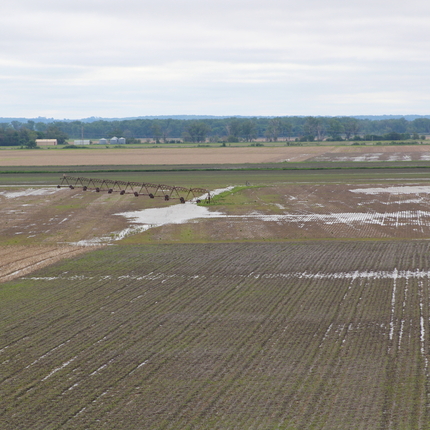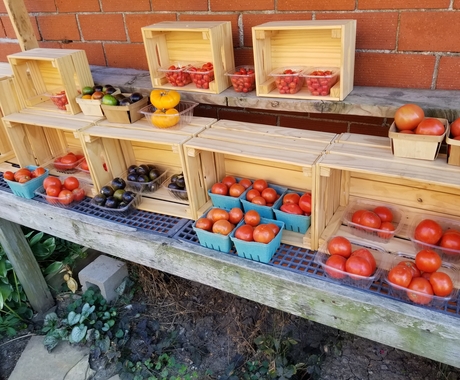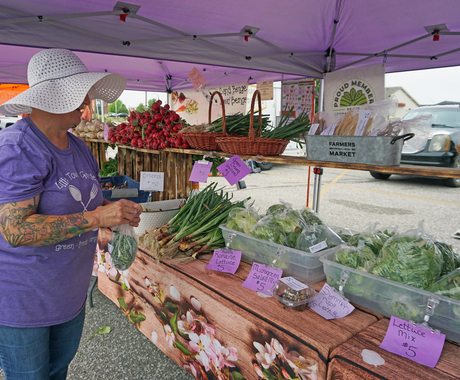By Cora Fox, former staff member
As a result of devastating flooding this spring, many Nebraska farmers are unable to participate in this planting season. The floodwaters have significantly damaged thousands of acres across the state, leaving farmers with financial burden and fields filled with sand and debris, rather than rows of marketable crops.
Farmers have been, and will continue to be, spending countless hours trying to improve the state of the land. They’ve lost not only this year’s crop, but also much of their valuable topsoil, which can take a century to rebuild just one single inch. To restore productivity on damaged acres, farmers must be proactive in improving soil health and increasing organic matter.
One way to build organic matter in a short period of time is the use of cover crops, in conjunction with other conservation practices, like no-till. Cover crops prevent erosion, replenish nutrients, suppress weeds, improve overall soil health, and more. Some producers also benefit from grazing their livestock on cover crops.
To expedite recovery efforts and to help farmers improve soil health, the U.S. Department of Agriculture Natural Resources Conservation Service (NRCS) is providing funds to plant cover crops on cropland acres in Nebraska.
The highest priority cropland includes acres that were unable to be planted with a cash crop and/or harvested in 2019. However, all farmers impacted by severe weather are encouraged to apply. The application cutoff date is June 21, 2019. To learn more, contact your local NRCS office.




